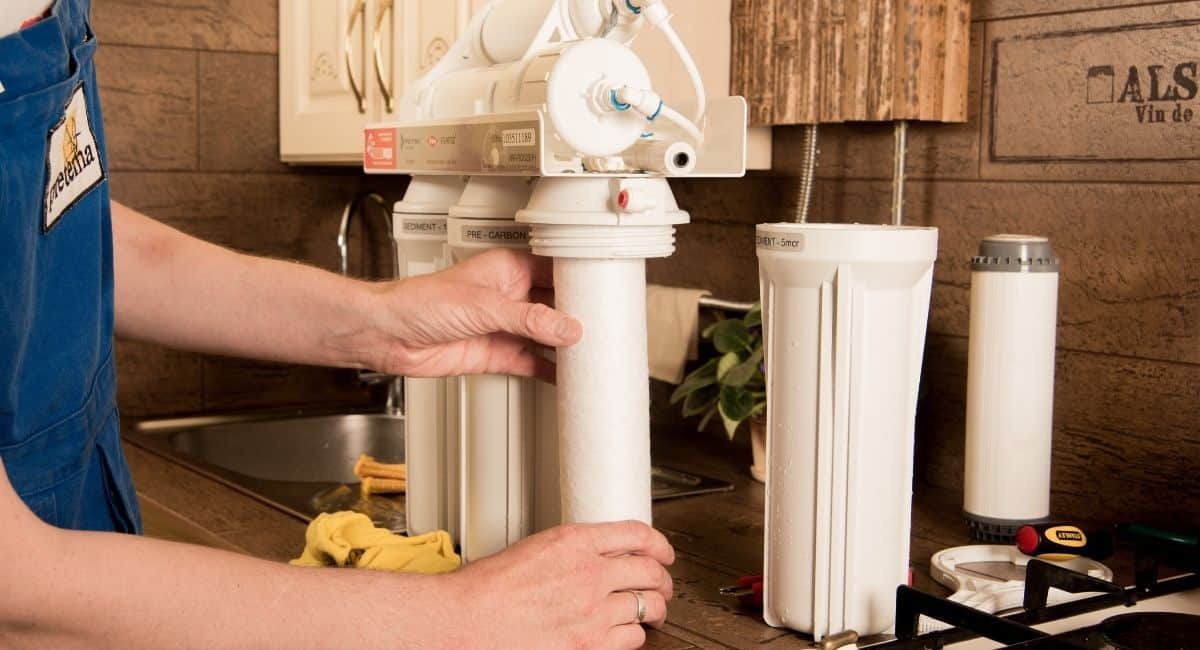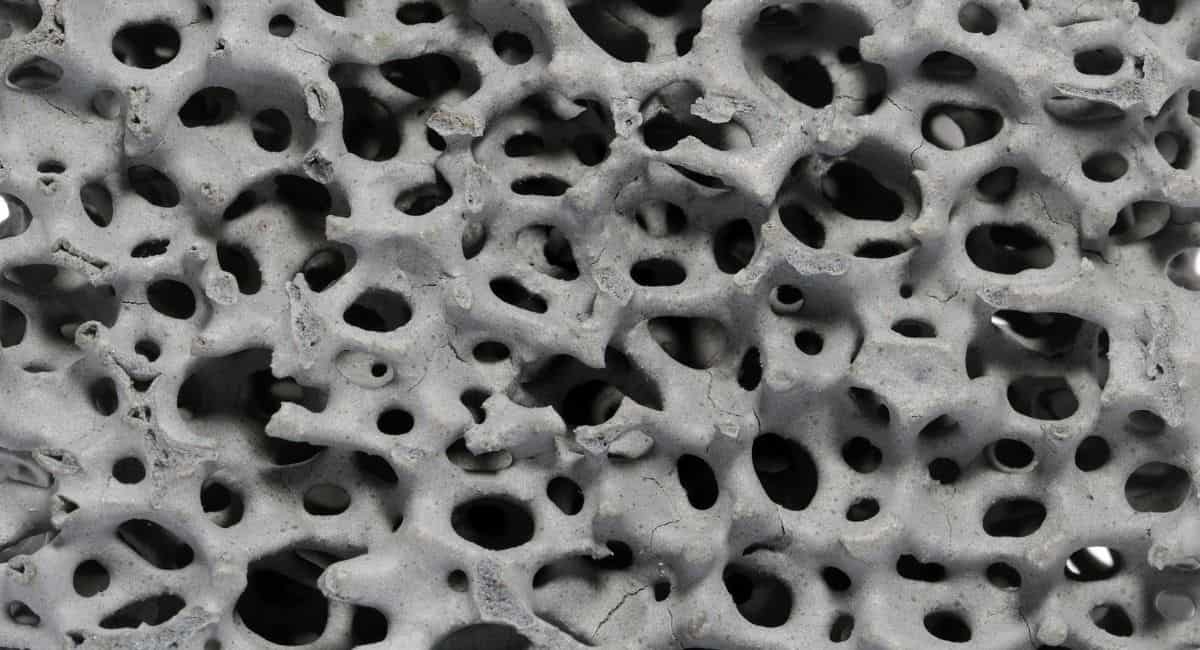We like to share product recommendations with you and hope you like them! Just to make you aware Water Filter Data may collect a small share of sales or other compensation from the links on this page.
A ceramic water filter is a type of water filtration system that uses small, porous ceramic pellets to remove chemical contaminants and sediment from your drinking water. These filters have a replaceable candle that contains ceramic pellets.
The candles come in different sizes so you can easily find the perfect one for your needs. This article will discuss how to clean a ceramic water filter and what’s in it. We will also explain how a ceramic filter works and how it compares to other types of filters.
These filters are a great option if you want to avoid using chemicals on your drinking supply or just prefer not to have any additives whatsoever when consuming pure H₂O from natural sources such as springs or wells where there is no municipal treatment plant nearby.
You may opt to buy bottled spring water instead, but it can get expensive over time – not to mention how bad it is for the environment.
Ceramic filters are ideal if you need something portable or small enough to fit inside a backpack during hiking or camping trips where clean drinking water might be hard to come by.

How To Clean Ceramic Water Filters?
Clean the filter by removing it from your water system and washing it with hot soapy water. The best way to do this is in a sink full of warm, sudsy liquid dish soap or vinegar, which removes any remaining dirt particles that may have gotten trapped inside its porous surface during use.
You might also want to rinse off all traces of detergent after scrubbing down the sides before rinsing under a cold running tap until no more bubbles appear on top. Make sure not to leave too many traces behind either because these could end up clogging up your pipes if they get into contact with other pieces like faucet aerators.
If you don’t have a sink handy, then use some warm water mixed with detergent in your bathtub instead – do not leave too many suds behind when done washing because these might end up clogging up pipes later on!
You may want to buy replacement filters online or at local hardware stores that sell home improvement products like Home Depot.
What’s In A Ceramic Filter?
Ceramic water filters are made up of ceramic pellets that contain microscopic pores. These tiny holes allow clean water to pass through while blocking large particles like sediment and bacteria. The porous nature of the ceramic material means it can be used for filtering out many different types of contaminants, including chlorine, lead, arsenic, and other heavy metals found in tap water supplies.
The ceramic filter is made from clay, and it has microscopic pores. These tiny holes allow clean water to pass through, but they block large particles of sediment and bacteria.
The activated carbon in the filter removes chemical contaminants such as chlorine and pesticides. The candle also contains silver which helps to kill bacteria.

What Does a Ceramic Filter Remove?
A ceramic water filter can remove sediment, dirt, chemicals, and bacteria from your drinking water. Note that these filters do not remove viruses, so you may still need to use a different type of filtration system if you are worried about being exposed to them.
Ceramic filters with activated carbon can also remove chlorine and pesticides from your water. The silver in the candle helps to kill bacteria, so this is a good choice if you are concerned about contamination.
How Does a Ceramic Filter Compare to Other Types of Filters?
Ceramic filters remove sediment, dirt, and large particles from your drinking water effectively. Although they do not act against viruses, they help eliminate chemicals and bacteria. These filters also work well against chlorine and pesticides.
What Is A Ceramic Filtration System?
Ceramic filters are effective at removing sediment and dirt from your drinking water which helps keep pipes clear, so they don’t get clogged up later on; this will make it easier to flush things down the toilet – especially during periods where there isn’t enough rainwater available via natural means such as reservoirs or lakes (and ceramic filters usually come with a ceramic cartridge).
They also help remove chemicals (such as chlorine) and bacteria, which might cause health problems over time if consumed in high levels daily or semi-regularly.
Ceramic water filter systems can generally be installed indoors or outdoors – depending on the model – by screwing it onto the end of your faucet spout and are easy enough for anyone to DIY.
It is a good idea to change the ceramic filter if you start seeing signs of wear and tear on its surface – like cracks or chips – as this might mean that it’s not working well anymore!
You can buy replacement ceramic filters online or at local hardware stores that sell home improvement products; just make sure they fit your model number before purchasing anything new.
Conclusion
Overall, ceramic water filters are an excellent way to reduce the amount of sediment, dirt, chemicals (such as chlorine), and bacteria in your drinking water. They are easy to use and install but do not remove viruses. You should change the filter every six months, depending on how much it’s used and how often new cartridges are added.



